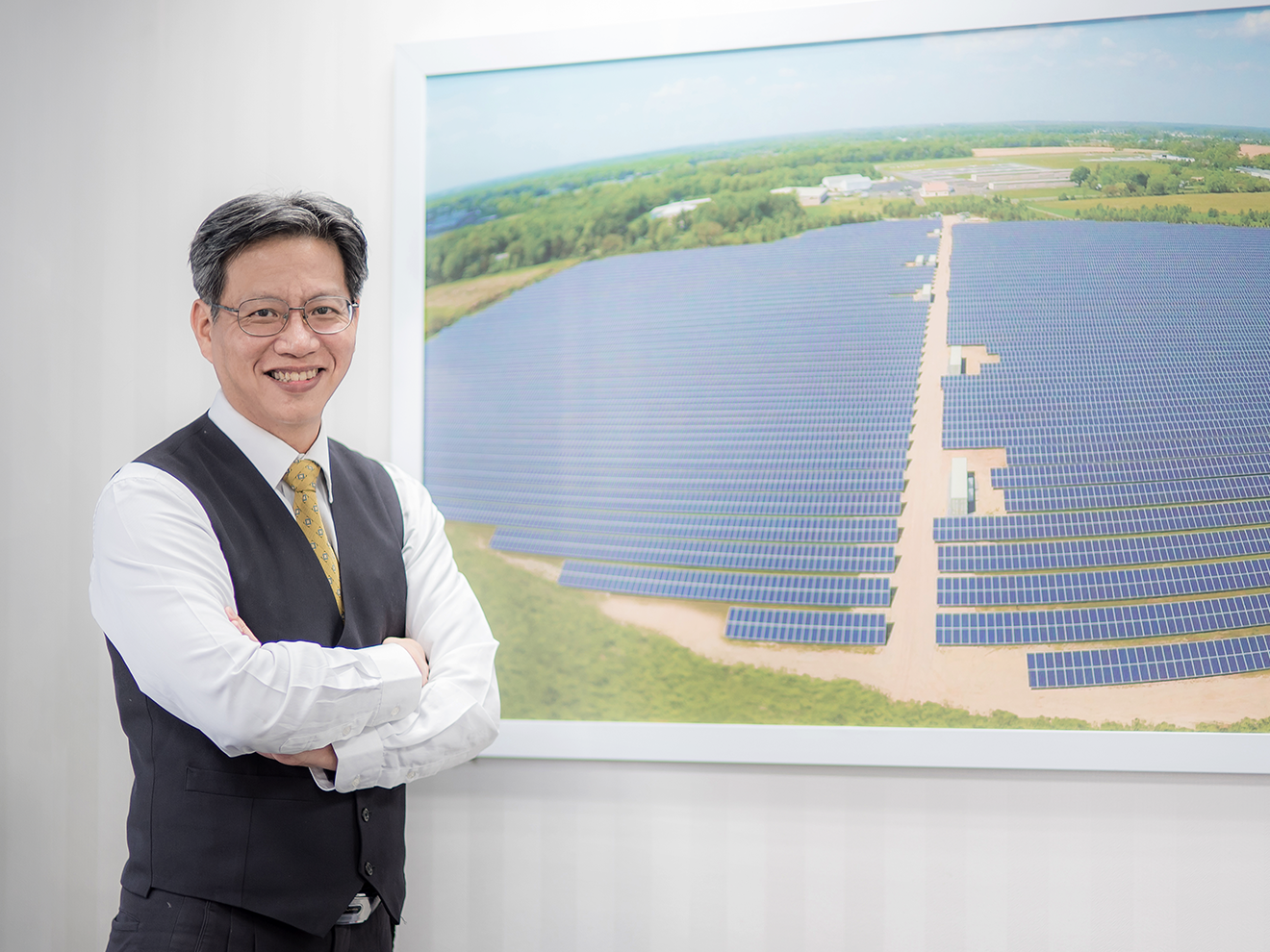Outlook
趨勢展望
G.D. Development Corp. Successfully "Reduce Carbon and Produce Energy," Contributing Multiple Growth in Revenue
The green energy policy of Bureau of Energy, Ministry of Economic Affairs is essential to the development of solar power in Taiwan. According to the policy announced in 2017, the installed capacity of solar power is expected to reach 20GW by 2025, and the annual generation capacity will reach 25 billion kWh. Under the guidance of energy policy, Taiwan has become a sizable market in solar power industry in international society.
The Target of Annual Generation Capacity of Solar Power in Taiwan in 2025 is 25 billion kWh
The geographical location of Taiwan is in the region where sunshine is very sufficient, which makes Taiwan a top choice of renewable energy. The government has drafted the goal of solar power and launched "Two-Year Plan of Solar Power" in 2016 as the guiding policy (Figure 1). Based on the overall development trend in this industry, the future of solar power industry will be as follows, and there will be relevant business opportunities and new competition pattern in the market:
- Various solar power systems, such as rooftop, ground, and water surface systems, will be promoted simultaneously;
- With the growing of the scale of single cases and their funding, the business models become more complicated;
- Internationalization of investors increases tolerance level of risk, and the competition is increasingly fierce.
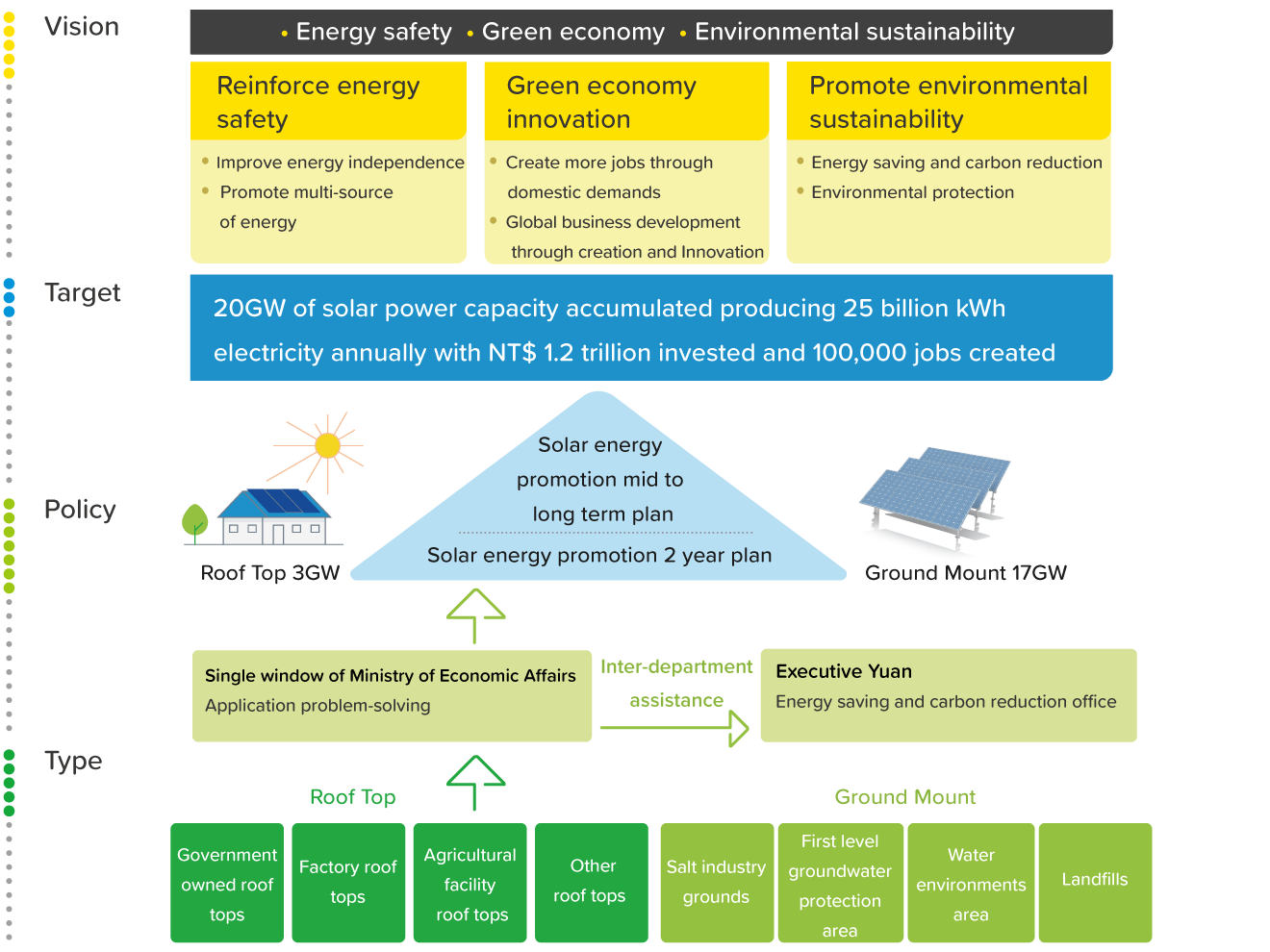
Figure 1. Two-year plan and target and vision of solar power in Taiwan.
To follow the aforementioned trend of solar power market, in 2011, G.D.Development Corporation (GDCC) was established under the joint venture of ECOVEand Gintech Energy Corporation. With combined resources, GDDC covers the major fields of upper, middle and downstream in solar power industry, including silicon wafer, solar cell and module manufacturing, project planning and construction, operation management, operation maintenance and investment and development (Figure 2). Since the establishment, the business has covered: (1) Project development; (2) Investment portfolio implement; (3) Financial Planning; (4) Engineering and construction; (5) Operation & Maintenance; and (6) Project investment.
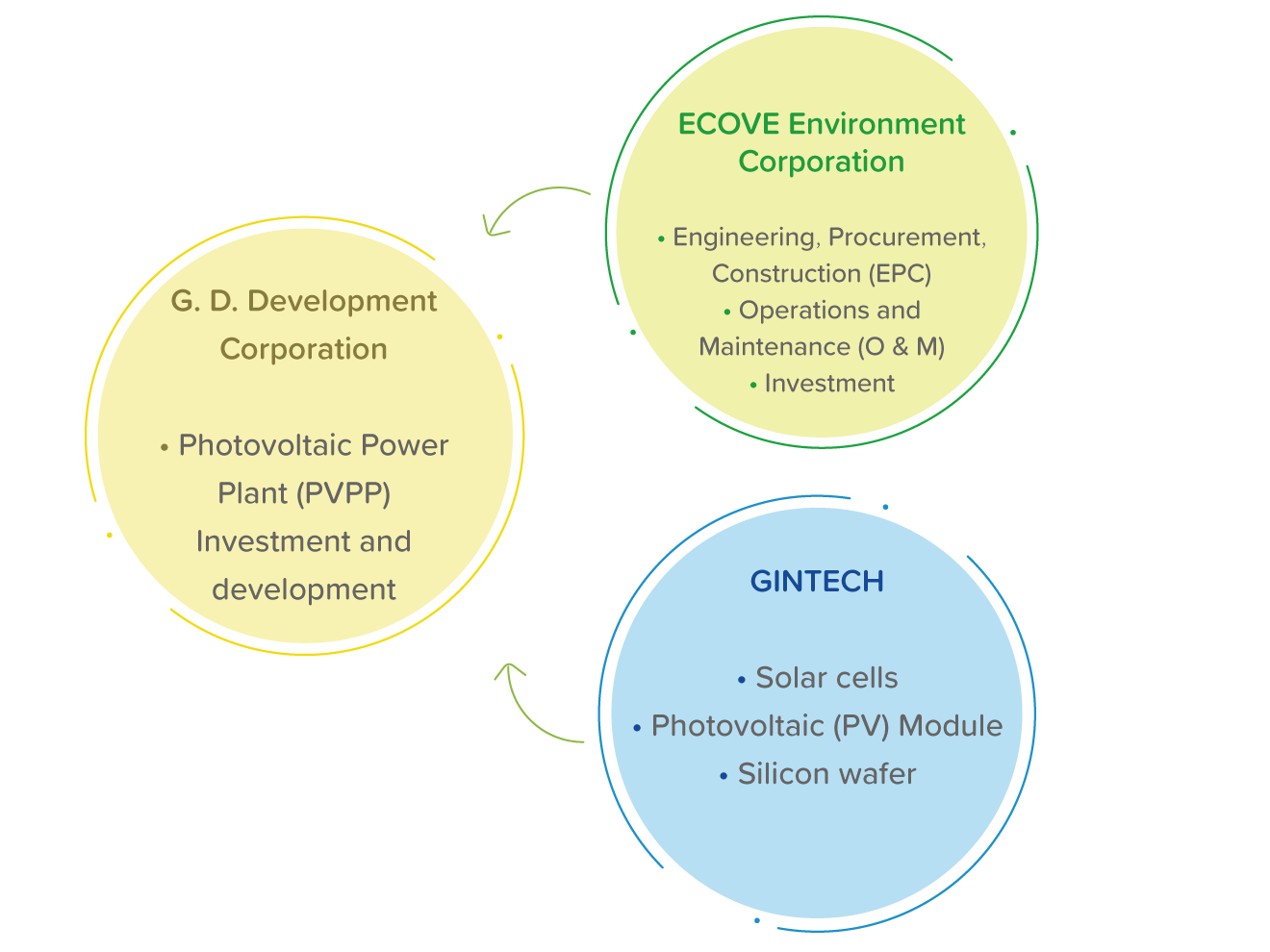
Figure 2. GDDC is the pooling of capital from ECOVE and Gintech Energy Corporation, providing overall solar power system solution.
Rooftop / Ground / Water surface
GDDC Continues to Make Breakthrough
Taiwan has highly promoted solar power policy, and various solar power systems, such as rooftop, ground and water surface, will be promoted simultaneously. GDDC has grasped this momentum to complete projects as follows:
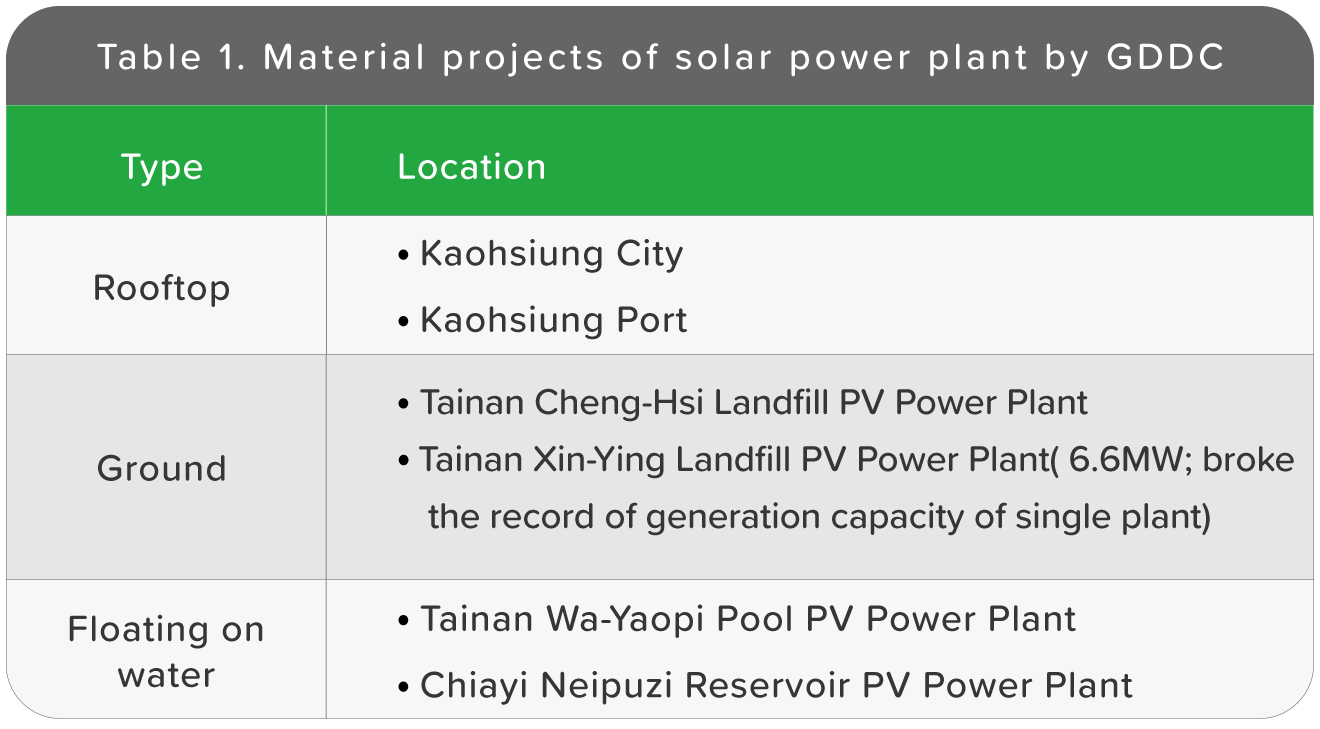
GDDC's Rooftop Projects Recognized with the Award of Kaohsiung City Government
Generally speaking, the rooftop solar power system is the solar power system set on the top of roof. GDDC entered the market with rooftop solar power system at the beginning, cooperating with agencies such as Kaohsiung Rapid Transit Corporation and Taiwan High Speed Rail and receiving various awards. Recently, the project at Kaohsiung Port is even highly appreciated by both Kaohsiung City Government and Taiwan International Port Corporation, receiving Kaohsiung City Photovoltaic Intelligent Building Certificate and Excellent Ship Award.





Issues of Land Acquisition
The Taiwan government has been actively promoted solar power, but rooftop system is far insufficient to reach the solar power target of 20GW by 2025. The ground system is the main force, and whether the land for power plant can be acquired is the key to reach the goal. Taiwan is a small island with high population density; therefore, land acquisition is not easy. Based on the experience of investment and development in Lumberton solar power plant (Lumberton Solar W2-90 LLC), before the policy is announced by the government, GDDC has started to ponder over the deployment of ground project. Currently, GDDC has solar power system with over 12MW of total installed capacity, the largest in the country, at rehabilitated landfills in Tainan region.
GDDC Turned Landfills into Photovoltaic Power Facilities
Tainan Cheng-Hsi Landfill is the first landfill in Taiwan installed solar power system. Since the completion in 2017, the power generation has been in good status. Estimated total solar power generation for 20 years will reach 49MWhr. Since the fuel is not required by solar power generation and there is no CO2 emission, converted to replaced fuel, coal and natural gas power, approximately 8,686 KL of fuel, 11,948 tons of coal or 14,413 tons of natural gas can be saved, which is equivalent to the effect of 2,738 hectare of afforestation. The installation and performance of the solar power plant of Cheng-Hsi Landfill is highly appraised by the central government and mayors. The head of central government and mayors visited the site and had speeches (Figure 5), and it was reported by several media (Figure 6). Tainan City Government even invited international association of European Union (EU) to visit the plant, making publicity in the international society about the effort Taiwan has made in protecting the earth, which can be seemed as the recognition for the success of Cheng-Hsi Landfill.




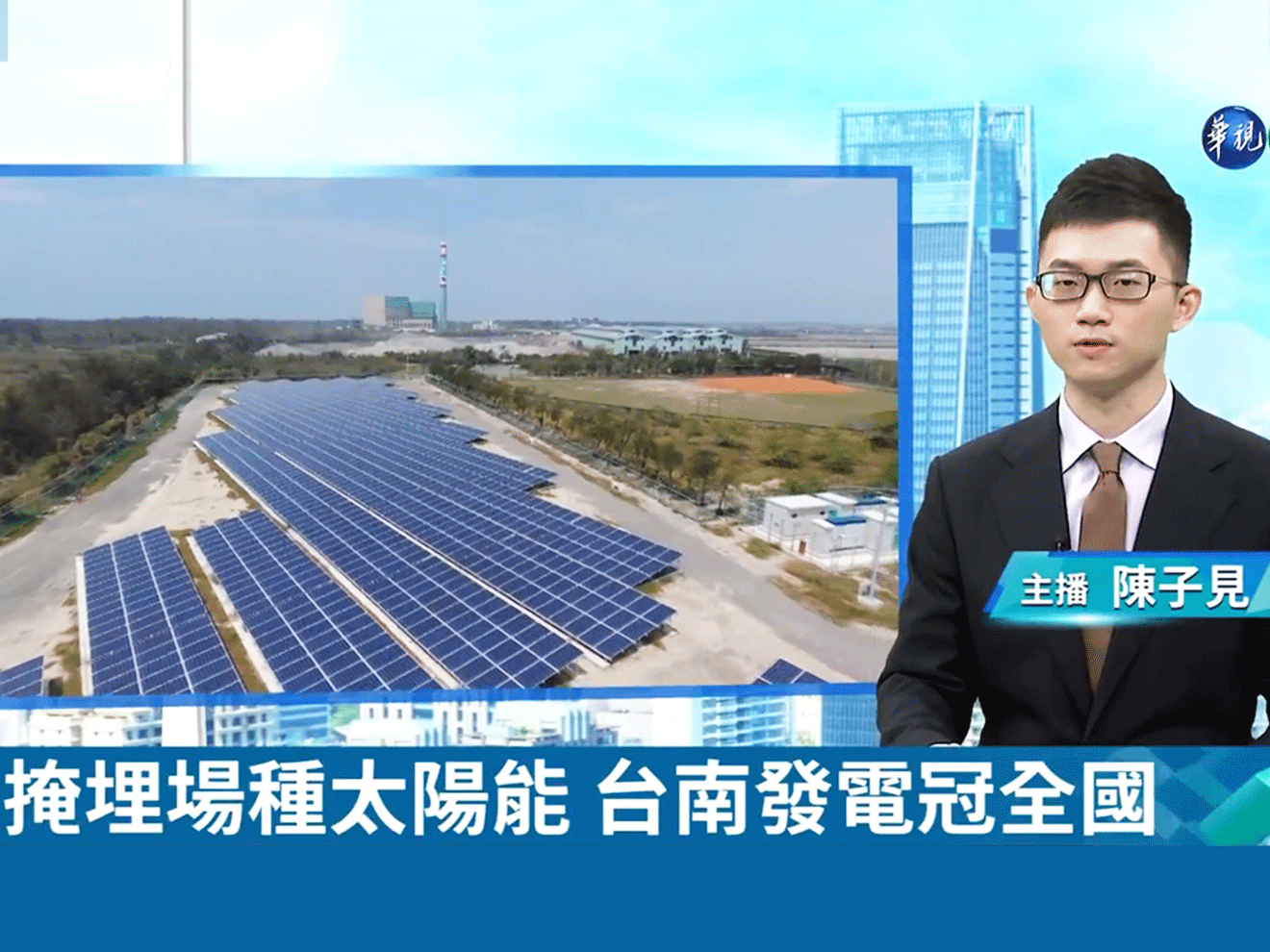
Figure 6. The TV news reported that GDDC set up a solar power plant at a landfill.
GDDC Develops Floating-on-Water Systems
The installation of solar power system on the water surface is a new method of recent years. The earliest case was the experimental small-scale unit in France four years ago, and it was expanded in Japan afterwards. The water surface solar power system seems to be simple, but the implementation is not easy. The installation also needs to consider issue such as the regulation of water usage, operation of reservoir and landscape, influences on water quality and the method of connecting grid, etc. After the GDDC team visited countries around the world and went through strict screening process, and with the experience on investment, development and operation of solar power plant, it currently has completed two water surface cases in Tainan and Chiayi respectively. The gird connection process is a success, and the plants are now operating with stability.
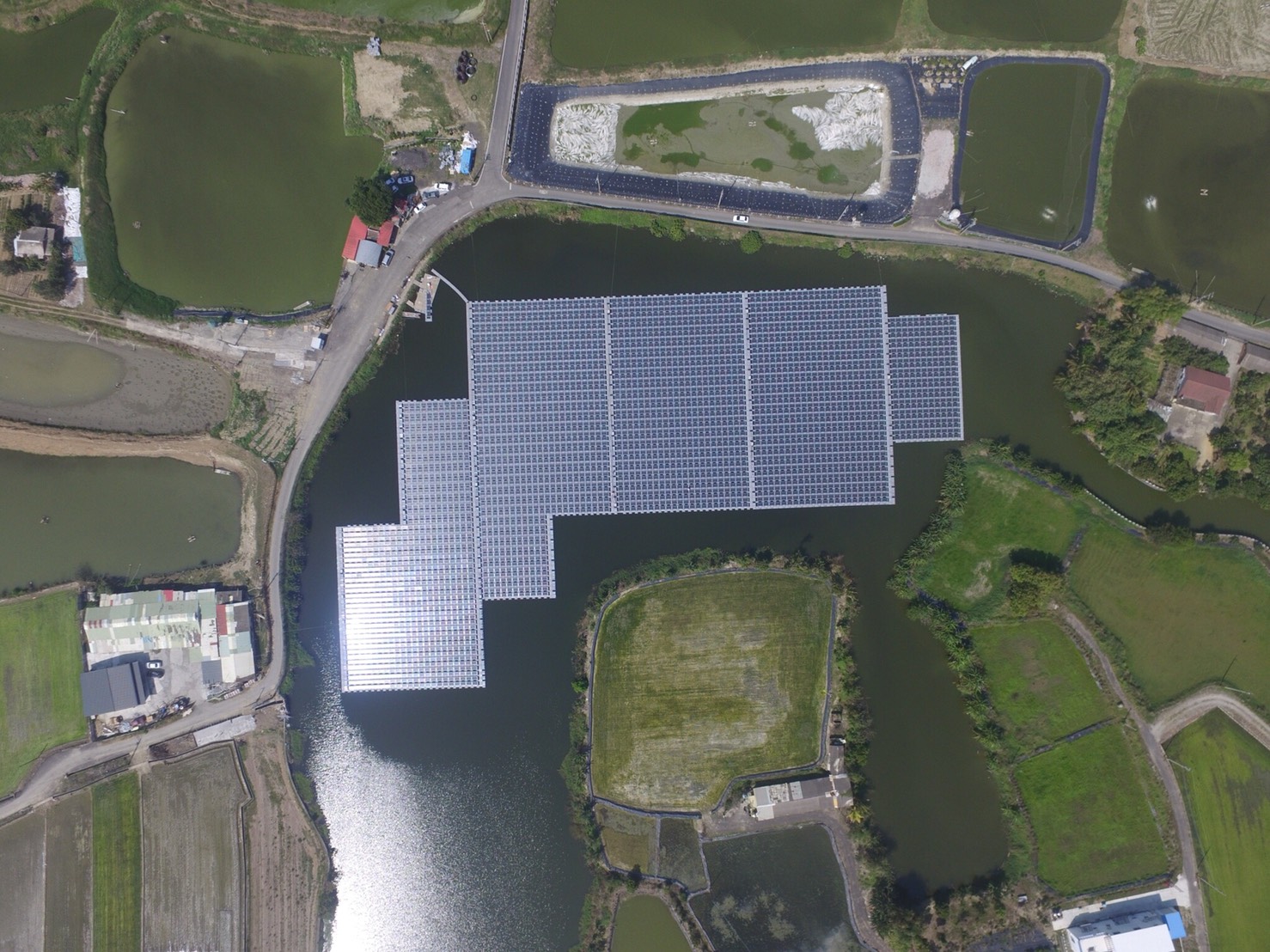
Figure 7.Aerial photo of the GDDC solar power system at Wa-Yaopi Pond, Tainan City.
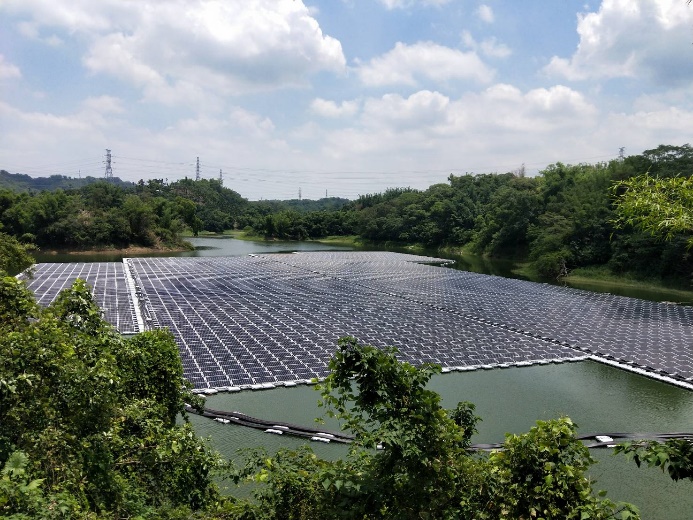
Figure 8.GDDC floating solar power system at Neipuzi Reservoir, Chiayi County.
The Project Initiation of the Beitou Solar Power Plant of Taipei Metro
Taipei is the political and economic center of Taiwan, with a population of nearly 2.7 million. The annual electricity consumption is as high as 15.2 billion kWh, accounting for 16% of the electricity consumption in Taiwan. However, the land in Taipei City is only 0.75% of the total land area in Taiwan. Limited land resources, coupled with environmental awareness and public security considerations, there is no officially registered commercial power plants in Taipei City. On the other hand, if we're looking at the current power supply sources in northern Taiwan, there are four commercial power plants with electric licenses, two thermal power plants and two nuclear power plants. If the operating years of nuclear power plants regulated by the Atomic Energy Commission of the Executive Yuan are followed, Jinshan Nuclear Power Plant and Kuosheng Nuclear Power Plant will need to be decommissioned in recent years, and the densely populated Taipei-New Taipei-Keelung metropolitan area will face a gap in demand and supply of electricity; if power is dispatched from the power plants in central and southern Taiwan through the transmission and distribution system to the north, the process will also causes power consumption, and the overall safety of the power grid will also need to be considered. Therefore, to plan and build power plants for peak load in the Taipei area is an urgent issue.
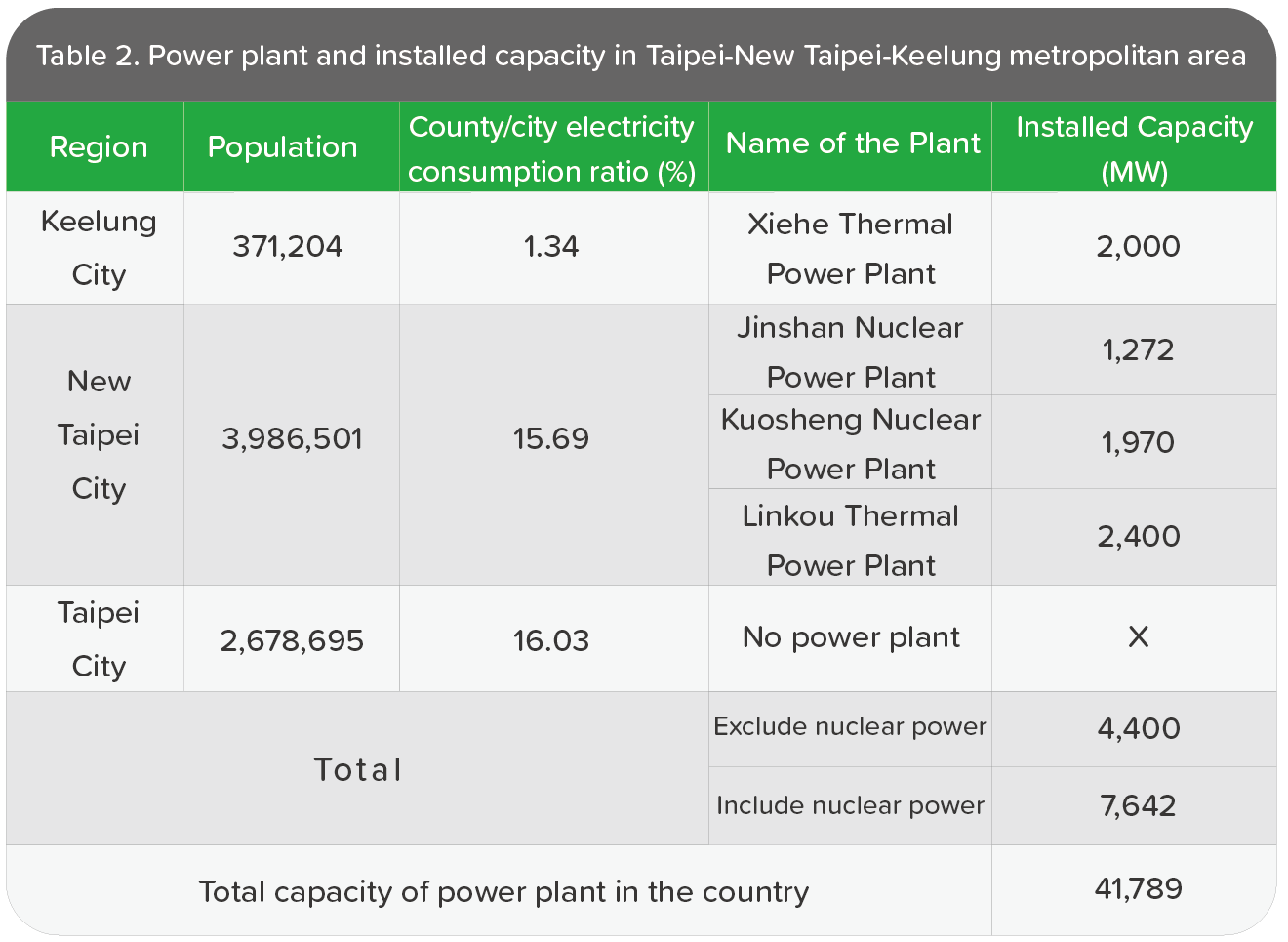
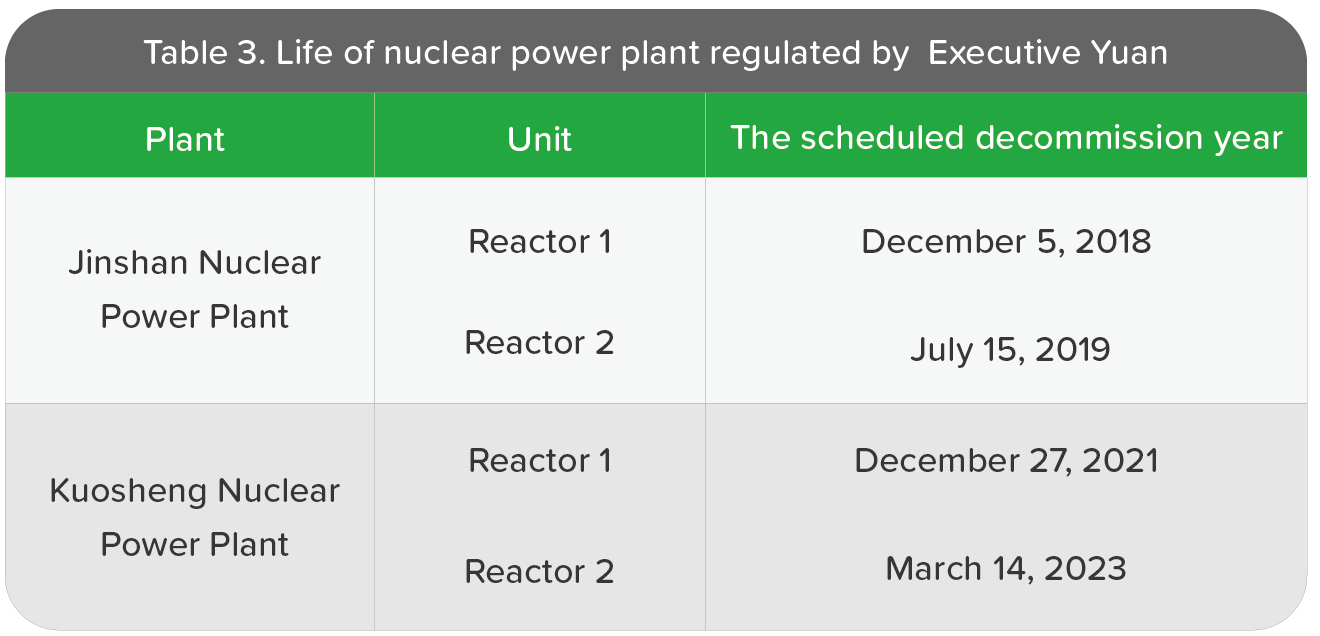
GDDC will build the first power plant in Taipei City
GDDC is located in Taipei City, and all the project management operations are carried out in Taipei. In order to feedback the locals, under the support of the management team, the team actively carried out preliminary development work in the north by using innovative development management concepts and actively preparing to establish a power plant with the level of electricity industry in Taipei City. The recent adjustment of the solar power policy will help improve the feasibility of implementing the solar power project in the north. Under the evaluation by related parties, GDDC decided to join the roof investment promotion for the Beitou Plant, Taipei Metro. After a rigorous selection process, GDDC won the right of development and was responsible for the overall planning, investment, construction and operation. After the the Beitou Plant, Taipei Metro was completed, it will become the first power plant with the level of electricity industry in Taipei City. The plant will be with a scale of 3.8MWp and break the following records:
- The largest solar power system in Taipei City;
- The first commercial power plant in the urban area of Taipei before the end of 2018;
- The green pollution-free solar power plant with annual generating capacity of 4.3 million kWh, which is sufficient to supply 1,182 households for one year;
- The reduced CO2 emissions are about 2,272 metric tons, equivalent to the amount of CO2 absorbed by six Da'an Parks in Taipei.
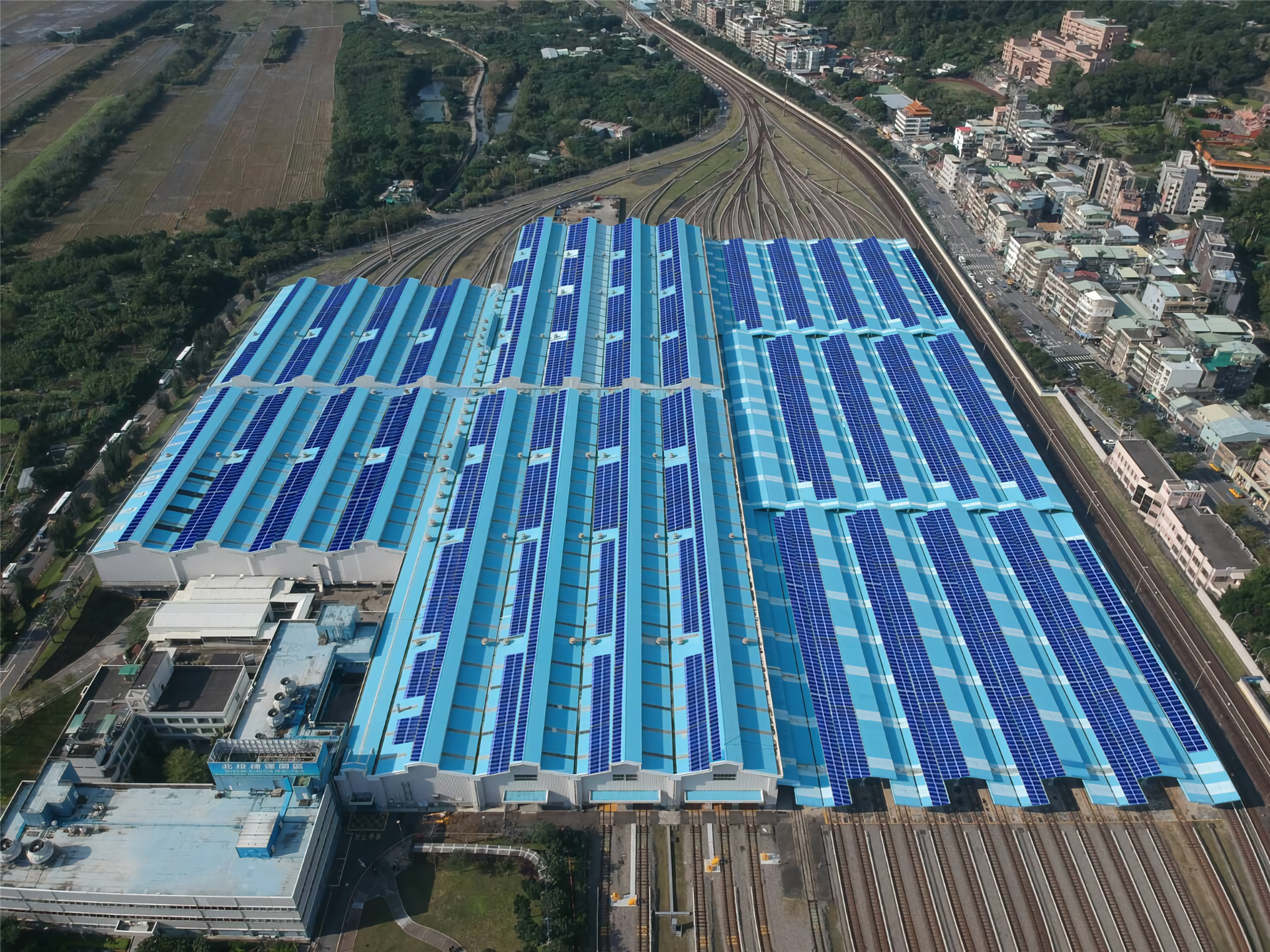
Figure 9. Simulation of the power plant project of the Beitou Plant, Taipei Metro Station .
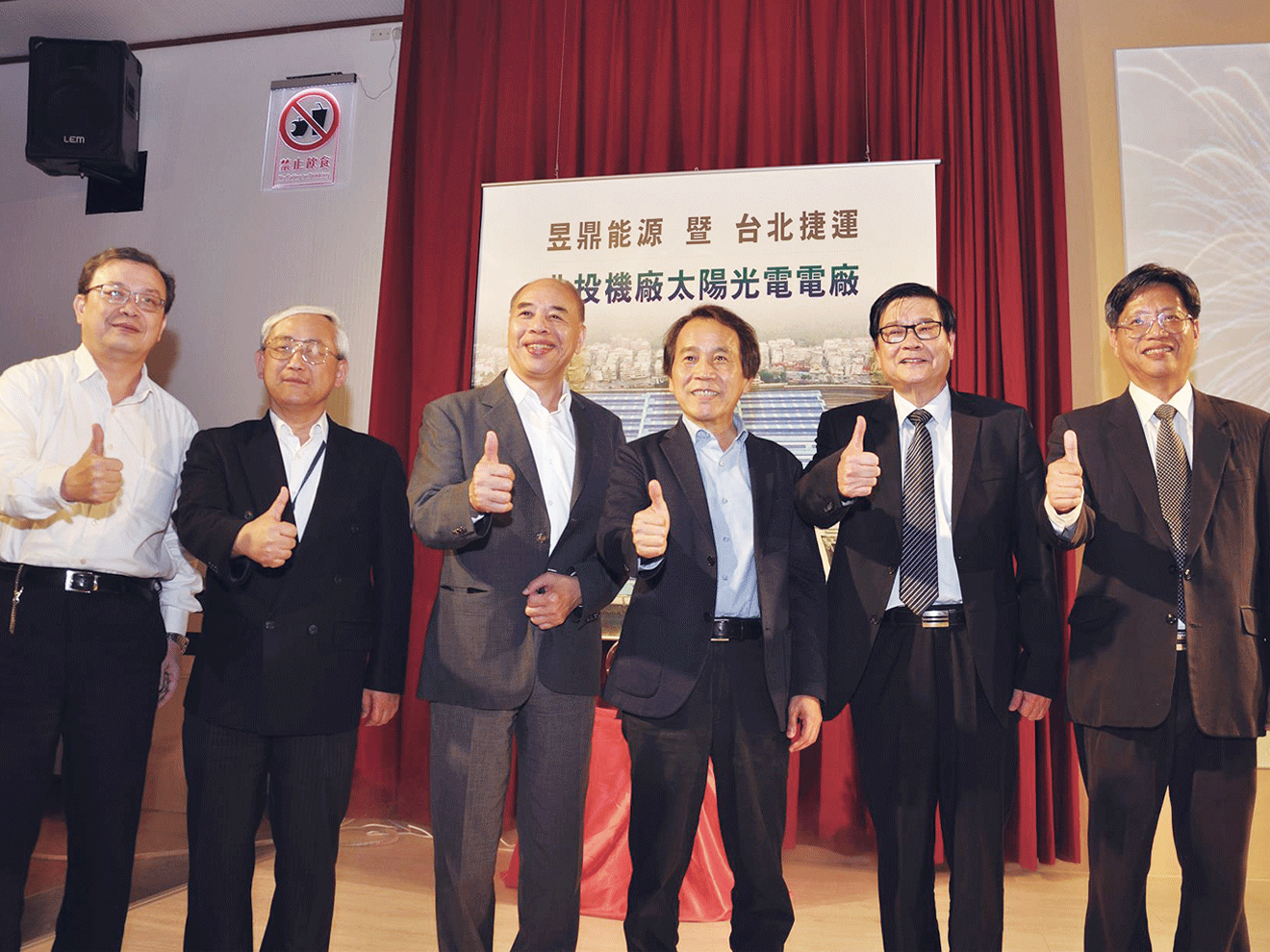
Figure 10. GDDC Chairman W.H. Pan (2nd right), GDDC President B.J. Liang (1st right) , Vice Mayor of Taipei City Q.R. Lin (3rd right ), Director of Transportation Bureau Z. Chang (1st left), Deputy Director of Industry Development Bureau S.H. Wang (2nd left ), Heads of Taipei MRT Corp. B.G. Yan (3rd left) attended the press conference of the Beitou Engine Plant Solar Power Plant.
Revenue Doubles for Eight Consecutive Years
Since its establishment in 2011, GDDC has successively increased its capital in line with the growth demand of solar power market. The capital has grown from the initial NT$10 million to NT$600 million, and the equity compound growth has reached 180%. The compound growth rate of the recent 8 years is over 270%; as of May 2018, the operating performance is reaching the full-year level in 2017. It is estimated that the scale and revenue in 2018 will grow again in multiples.
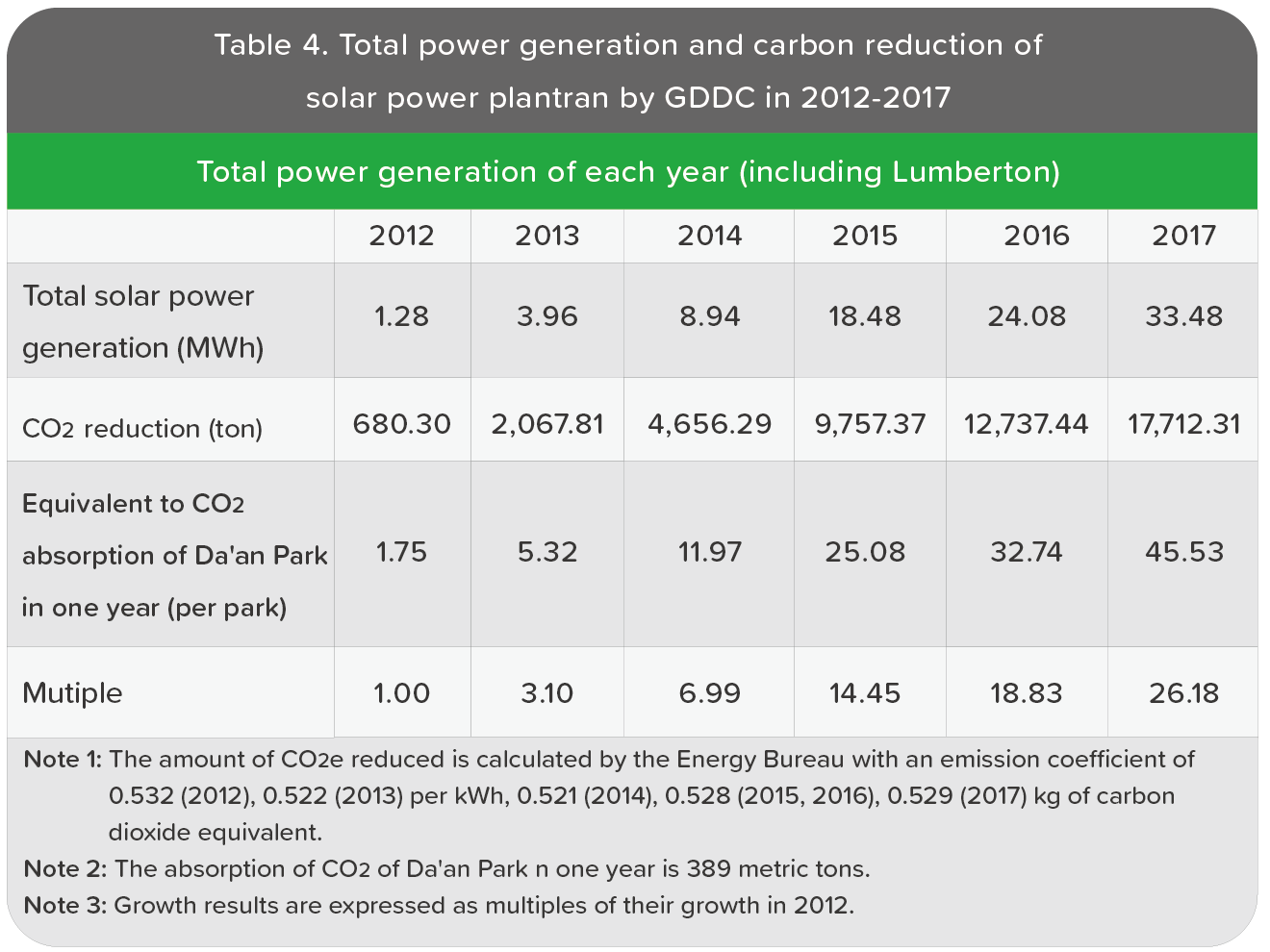
The promotion policy for solar power encouraged by Taiwan government has attracted many foreign investors and international funds from Europe, the U.S. and Asia. to participate in the competition. Taiwanese companies do not need to go abroad to join the game. Taiwan itself is a highly competitive international arena. Competition arrangement and strategic thinking must jump out of the box and move forward to a new landscape. Based on the development of policy, the Taiwan market will continue to grow rapidly in the next few years. GDDC has long been engaged in cooperation with major public transportation institutions, such as Taiwan High Speed Rail Company,Kaohsiung Rapid Transit Corporation, Kaohsiung International Air Station, Tainan Air Station and Kaohsiung Port, to develop investment in solar power system. With the abundant experience, GDDC will continue to support the government in short, medium and long-term renewable energy projects with actions to achieve the goal in sustainable energy development and establish a new model for power industry in green energy construction in Taiwan.

